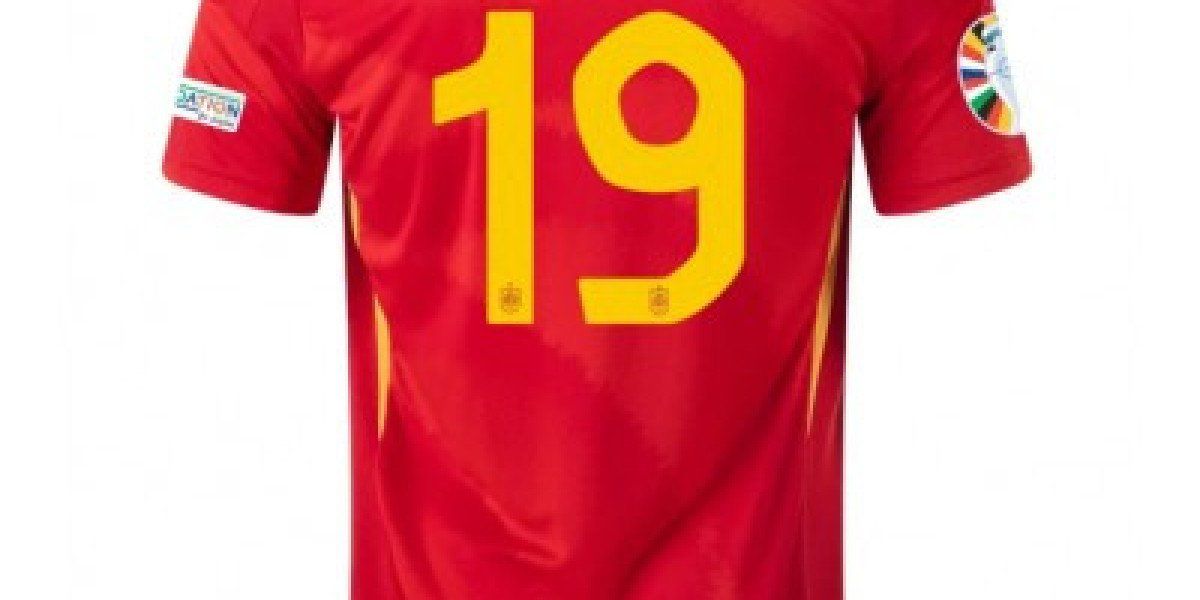The Champions League has become one of the most iconic and prestigious tournaments in the history of football. Its journey from a modest European competition to a global sporting spectacle reflects not only the growth of the sport itself but also the way football has evolved culturally, economically, and tactically over time. With every passing decade, the Champions League has managed to reinvent itself, drawing the attention of millions across the globe while producing unforgettable moments that define eras.
The Humble Beginnings in the 1950s
The roots of the competition trace back to 1955, when it was introduced as the European Champion Clubs’ Cup. Initially, it was designed as a knockout tournament featuring only the champions of domestic leagues. The purpose was simple yet ambitious: to crown the best football club in Europe. Real Madrid dominated these early years, securing five consecutive titles and setting a standard that shaped the tournament’s identity. These formative years were defined by raw attacking football and a strong emphasis on continental pride, creating a legacy that would inspire future generations.
The 1960s and the Rise of Tactical Sophistication
As the 1960s progressed, football itself began to undergo tactical revolutions, and this was mirrored in the European Cup. The emergence of clubs like Benfica, AC Milan, and Inter Milan highlighted not only individual brilliance but also the growing influence of strategic planning. Managers such as Helenio Herrera introduced the catenaccio system, which emphasized defensive solidity combined with sharp counterattacking play. This decade illustrated how the European Cup was not merely about raw talent but also about tactical mastery, paving the way for a more nuanced understanding of the game.
The 1970s and the Era of Dominant Dynasties
The 1970s marked a golden period for several clubs that established long-lasting dynasties. Ajax, under the visionary leadership of Rinus Michels and with the genius of Johan Cruyff, pioneered the concept of “Total Football.” This philosophy of fluid positional play and collective responsibility dazzled Europe and changed football’s landscape forever. Bayern Munich followed this with their own era of dominance, claiming three consecutive titles and solidifying Germany’s growing influence in European football. These dynasties showcased how clubs could sustain excellence across multiple seasons, making the tournament a true test of consistency and innovation.
The 1980s and the Broadening of Horizons
In the 1980s, the competition experienced a broadening of horizons as more nations began to make their mark. Liverpool and Nottingham Forest brought English football to the forefront, while Steaua Bucharest shocked the continent by becoming the first Eastern European club to lift the trophy in 1986. This decade also highlighted the increasing unpredictability of the tournament, proving that underdogs could defy the odds and reach the pinnacle of European football. It was a period of both traditional giants asserting dominance and lesser-known clubs seizing historic opportunities.
The 1990s and the Birth of the Champions League
A significant transformation occurred in the early 1990s when the playmojo Cup was officially rebranded as the UEFA Champions League in 1992. This change brought with it a modern format that included a group stage, designed to increase the number of high-profile matches and to ensure greater participation from Europe’s elite clubs. The rebranding was more than cosmetic; it represented football’s shift into the modern era of global television, commercial partnerships, and international fan engagement. Clubs like AC Milan, Manchester United, and Juventus thrived during this period, creating iconic finals and unforgettable rivalries.
The 2000s and the Globalization of the Tournament
The new millennium brought with it unprecedented levels of globalization. The Champions League became not just a European event but a worldwide spectacle followed in every corner of the planet. Broadcasting deals, sponsorships, and digital media allowed fans in Asia, Africa, and the Americas to engage with the competition in real time. The 2000s saw memorable triumphs such as Real Madrid’s “Galácticos” era, Liverpool’s miraculous comeback in Istanbul in 2005, and Barcelona’s rise under the guidance of Frank Rijkaard and later Pep Guardiola. This period cemented the Champions League’s reputation as the stage where legends were made and football history was rewritten.
The 2010s and the Age of Superclubs
By the 2010s, the Champions League had become synonymous with the dominance of superclubs that combined immense financial power with world-class talent. Barcelona, with Lionel Messi at the helm, dazzled with their intricate style of play, while Real Madrid’s three consecutive titles under Zinedine Zidane between 2016 and 2018 created an era of unrivaled consistency. Clubs like Bayern Munich and Chelsea also enjoyed significant success, reflecting the growing competitiveness of the tournament. This decade underscored the importance of squad depth, managerial genius, and the ability to perform under immense pressure.
The Modern Era and the Future of the Competition
In recent years, the Champions League has continued to evolve, reflecting both the traditions of its past and the innovations of modern football. Tactical flexibility, data-driven analysis, and the integration of technology such as VAR have reshaped the competition. Emerging clubs with ambitious projects, alongside established giants, make each season unpredictable and compelling. The Champions League today represents more than just a football tournament; it is a cultural phenomenon, uniting fans across borders and generations.
Conclusion
From its modest beginnings in the 1950s to its current status as the most prestigious club competition in world football, the Champions League has continually adapted to the times while preserving its essence. Each decade has added its own flavor, from tactical revolutions to global expansion, and from dynasties of dominance to unforgettable underdog stories. As football continues to evolve, so too will the Champions League, ensuring that its legacy remains ever vibrant and deeply ingrained in the fabric of the sport.








